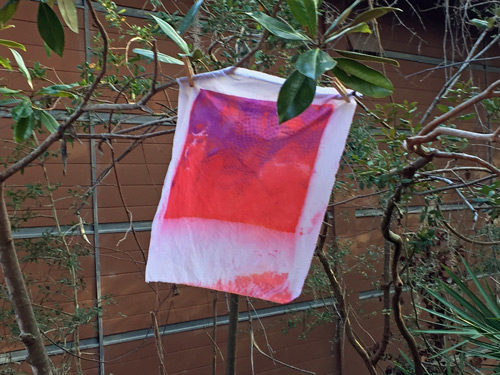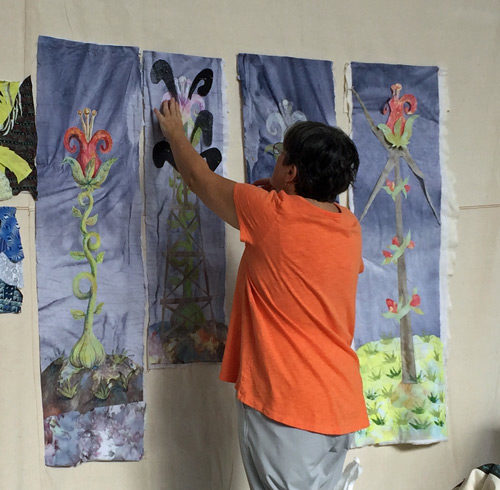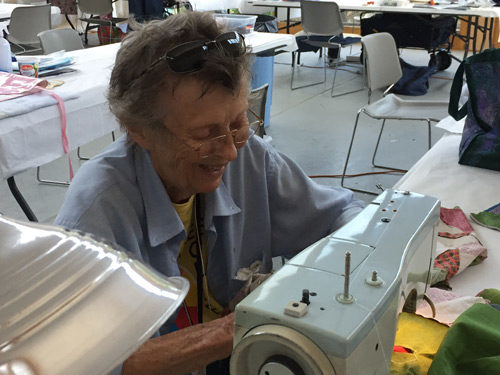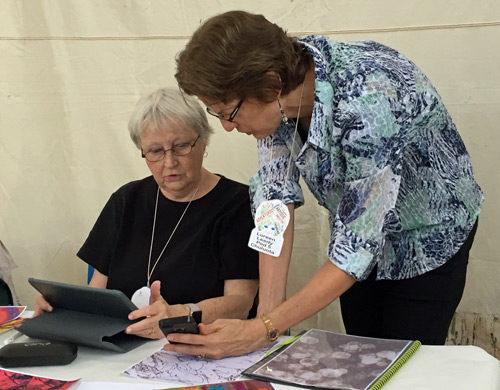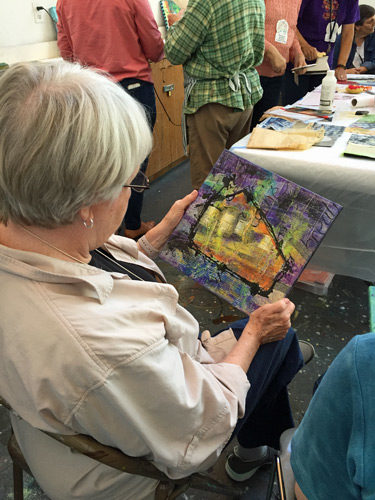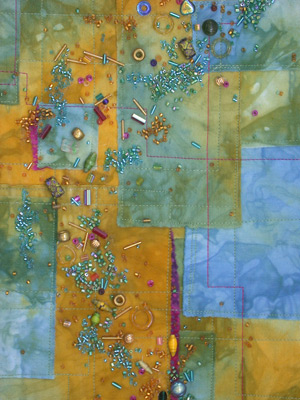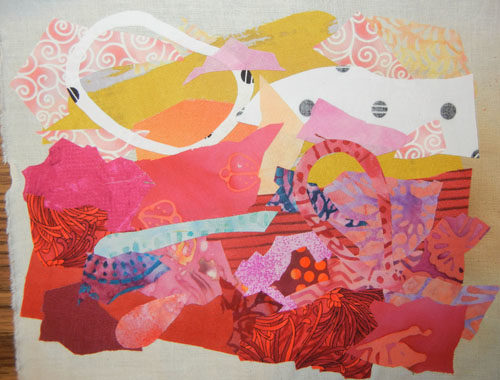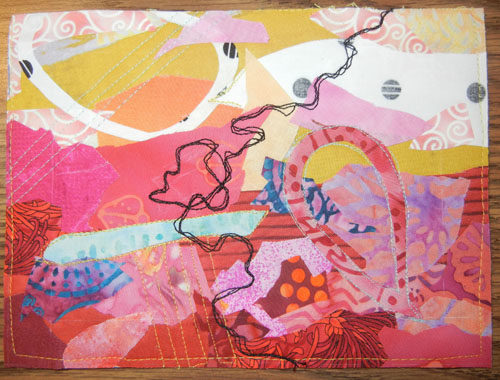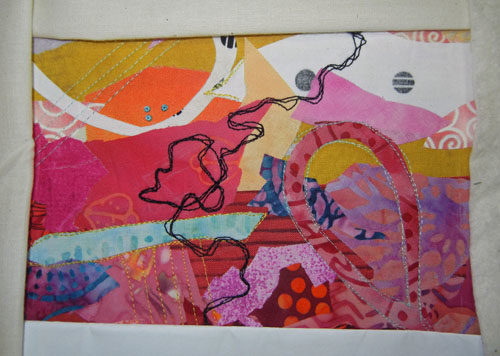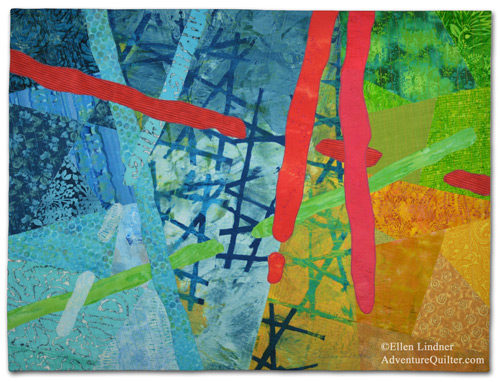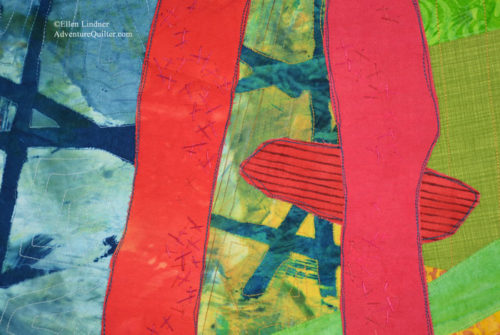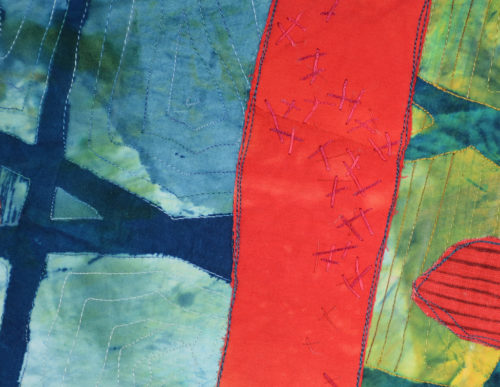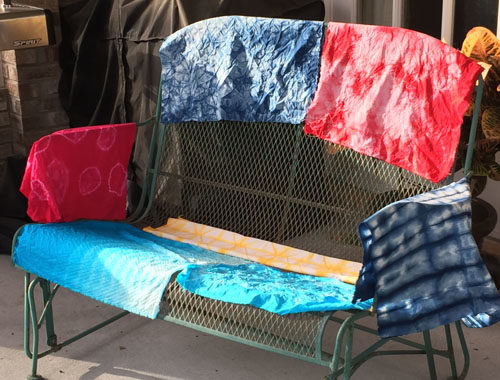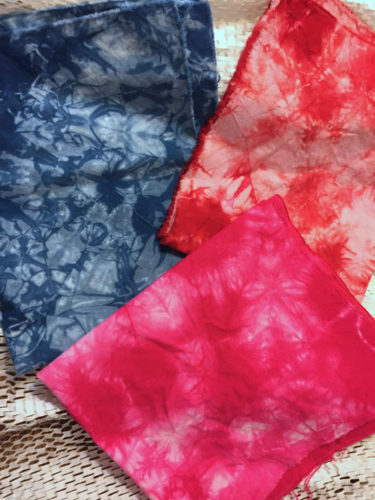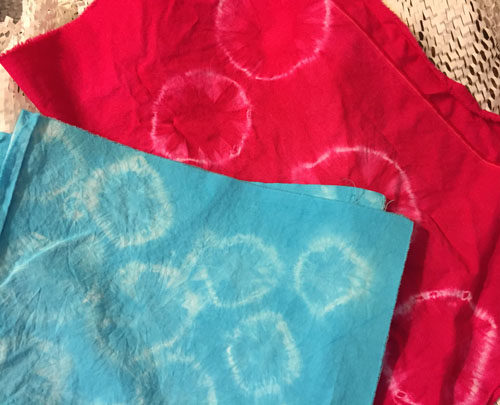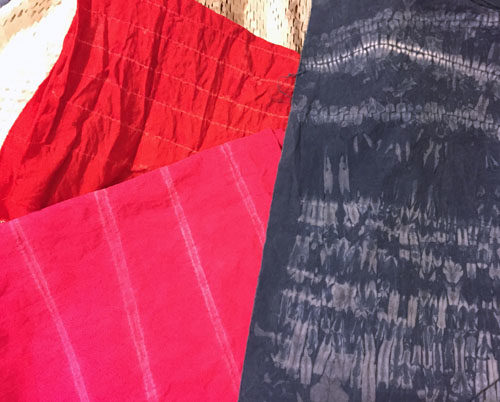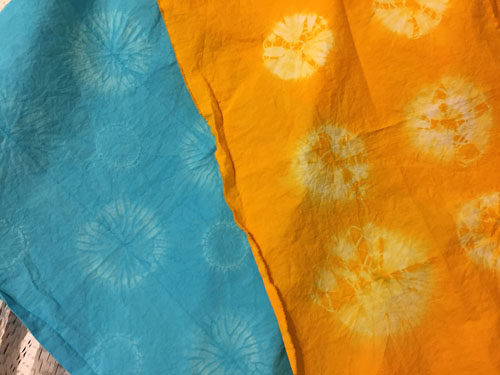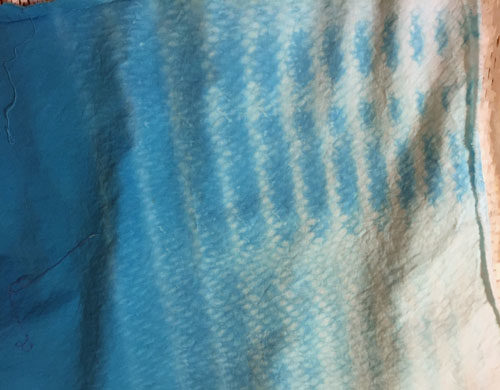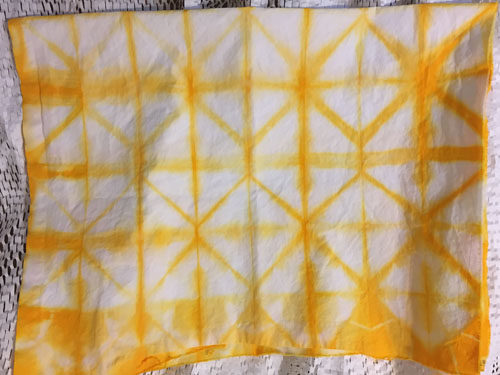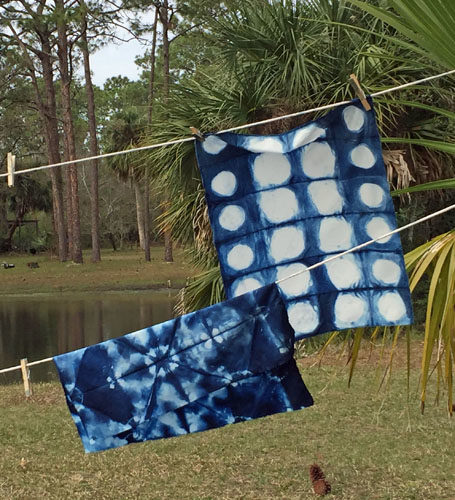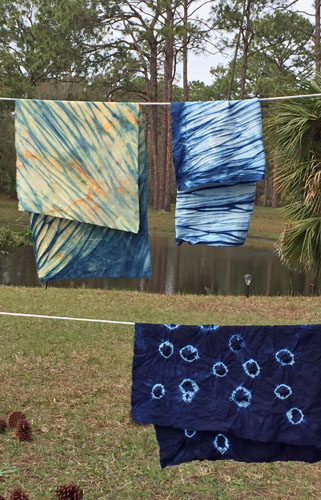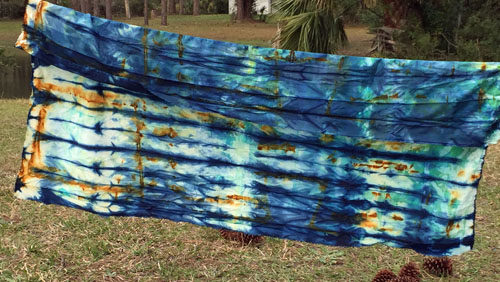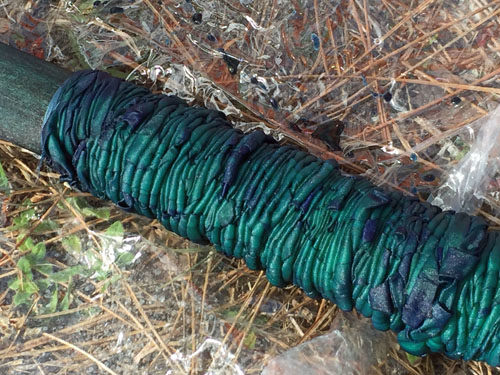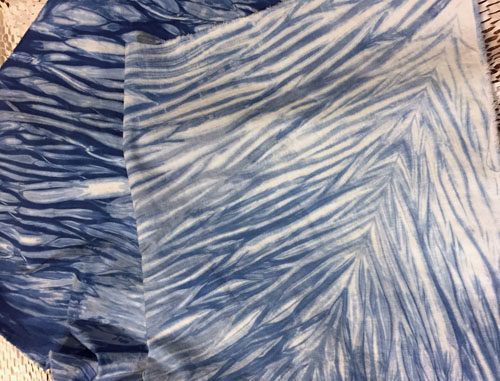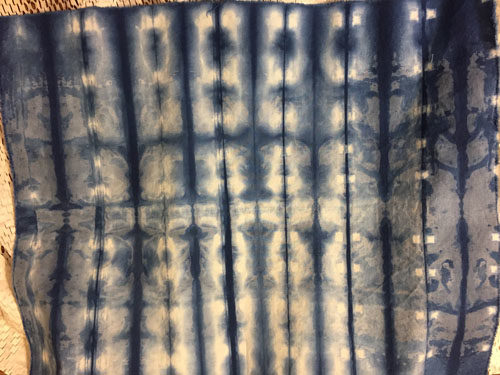The retreat I attended recently had a very interesting and fun ice breaker activity. Karol Kusmaul led us on a HIGH SPEED collaborative portrait making exercise.
Since she works exclusively with recycled clothing that’s what she provided for us. Each table of about 8 people had a bag on monochromatic selections, with buttons, cuffs, etc. still attached.
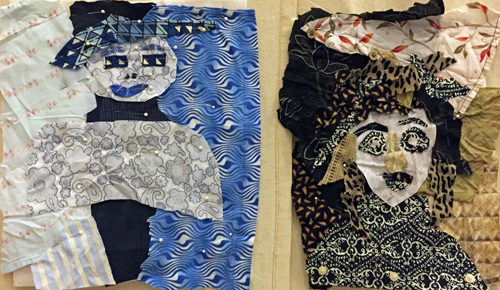
Karol provided each person with a piece of batting, about 12 x 12. We were told to create a background with light, medium, and dark areas. “Quick! Then pass it to your left!” Next came shoulders and a neck, followed by a FAST pass. Then a face. (Maybe we got a full minutes on that one!) This breakneck pace continued as we added eyes, a nose, a mouth and so on. At each stage, Karol gave us good direction on human proportions. And then we passed it again!
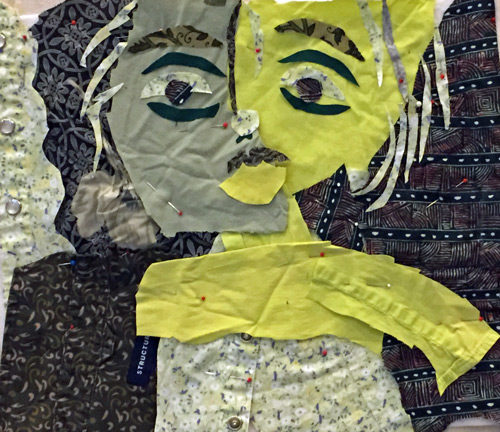
No ironing! Buttons and snaps still included, and just a few pins holding things together.
Finally, a “completed” portrait landed in front of each person. (Not necessarily one she had even worked on.)
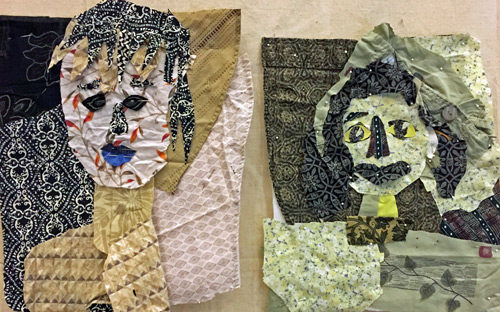
This was a great opening exercise. We weren’t trying to make great art. In fact, almost the opposite. Karol had us working quickly so we couldn’t over think our decisions. This forced us to be creative and was a great way to jump start the weekend’s activities.
What did we do with the portraits, you ask? Some people worked on theirs throughout the weekend or took them home to finish later. Others gifted Karol with the resulting portraits. Knowing her, I’ll bet she tweaks and completes each one.
This activity gives you an idea of the free-spirited and light-hearted weekend that lay ahead.
Ellen Lindner

